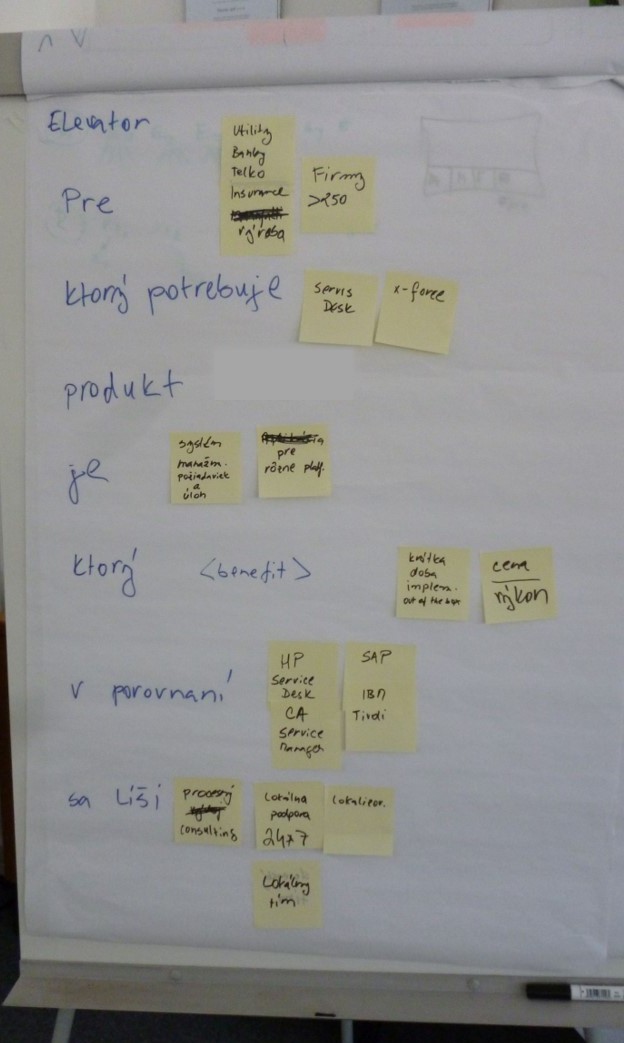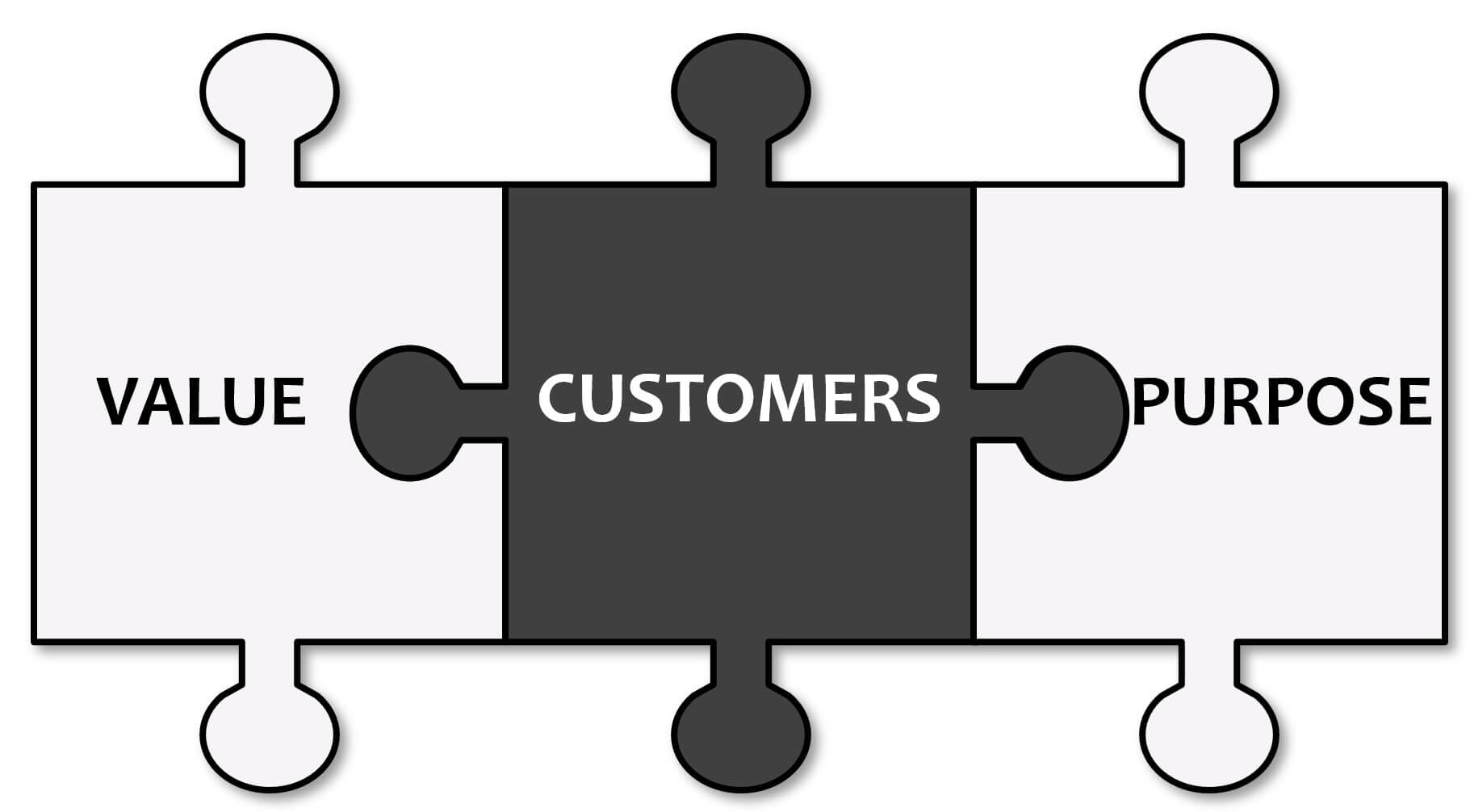What Do Agile Elevator Pitch Template
What value your product brings? Tin y'all explain in xxx seconds?
You want to build a meaningful product that brings value to customers. But how tin you practice your best to stay on the right track? To focus on the features that thing or create a product that customers want to purchase? Offset with an elevator argument and focus on what's important from the beginning.
An lift statement (often referred to every bit a vision statement or an elevator pitch) is a brusk description of a product, that helps us focus on production goals with an understanding of what the production is, what information technology is not, who it's for and how it's different compared to the competition.
It doesn't matter if you're already developing a product or you're just starting, go the team together and write an elevator argument. In this article, we'll give you tips and tricks to get you started right now.
Larn to write a meaningful lift statement together
The product owner creates, manages and own the elevator statement. All the same, information technology'due south essential the whole team contributes when created the vision for the product.
Start writing the lift statement using this template:
Rewrite the parts written in black letters on a whiteboard or a big canvass of paper, making certain you get out plenty room to complete the statement. Next, outset with the commencement office, the For , write down anybody's opinion, ideally on post-its, and put them adjacent to each other on the board. Yous need the blank infinite to fit everyone's ideas. Continue past doing this for every role of the statement. Multiple people putting down their idea opens a discussion on what the expectations are and what is the all-time focus of the product.

Write your elevator argument using post-its for easier management.
How to write a great lift statement?
However, writing a great lift statement requires a petty more than just writing the first matter that comes to mind; it's essentially a product vision that sets the direction of the development. Be critical and ask yourselves a lot of validating questions. For case:
What value does this production bring to the client? Will the customer choose the product because of what nosotros think it should be? How easy/hard is information technology to beat this benefit by others? Why is this benefit/characteristic important? Is information technology long-term?
Avoid mistakes nosotros see very commonly in our consultancy work with agile teams:
- Choosing too diverse segment. Pick which segments want to use your product. You can't make a keen product for everyone, as every grouping has different needs. Less is more.
- When you list what companies need, don't think near activities they desire to do, but remember what the effect is.
- When describing your key benefit, talk about something that has an touch on on the customer, the reason why someone would choose this exact product. Avoid using also much technical language, like intuitive UI/UX, multilevel architecture, reliable, secure, user-friendly, or fizz words like a great do good-cost ratio.
- If your product is new and in that location aren't other companies doing something similar, but skip the part almost your competitors. Just don't brush information technology off without proper inquiry. Or better, search for them in user'due south life. What they do apply currently to solve problems your product should solve as well?
- When comparing your product to the competitors, use benefits that mean something and are difficult to trounce, don't employ buzzwords like cheaper, faster or more intuitive.
In full general, an elevator argument should be most the outcomes of a product, real benefits to the customer, not just a description of features. These should be unique and hard to peak past other products. The statement should exist short and polished. A slap-up way to help validate the focus of your product while writing an elevator statement is to bring in someone non involved. A person with a certain distance volition have a unlike, clearer, and maybe more critical viewpoint.
Apply Shu-Ha-Ri to brand it perfect
When yous cease writing the showtime draft of the statement, take two or 3 days off and review it again. Come across what could be written better or if in that location's something to change and write improve. Creating the elevator statement in multiple sessions might take more than time, simply the distance you gain over a few days makes for a better result in the finish.
Tip 1: show the finished argument to your coworker from another division, a friend, or a spouse. If they sympathize it and see the goals of your product, you're heading in the right direction.
Tip 2: close your eyes and imagine the product based but on what y'all wrote in the lift argument. Does what you see match your vision?
In one case you're happy with the lift statement, brand it visible at all times. Put it in the squad'southward meeting room, role, or anywhere it stays visible as much every bit possible.
Check the next blog mail on how to rewrite an lift statement to make it better and to run across more examples of its apply!
Establish this interesting? Share, delight!
What Do Agile Elevator Pitch Template,
Source: https://www.scrumdesk.com/how-to-write-a-great-elevator-statement/
Posted by: sellarsvate1986.blogspot.com




0 Response to "What Do Agile Elevator Pitch Template"
Post a Comment